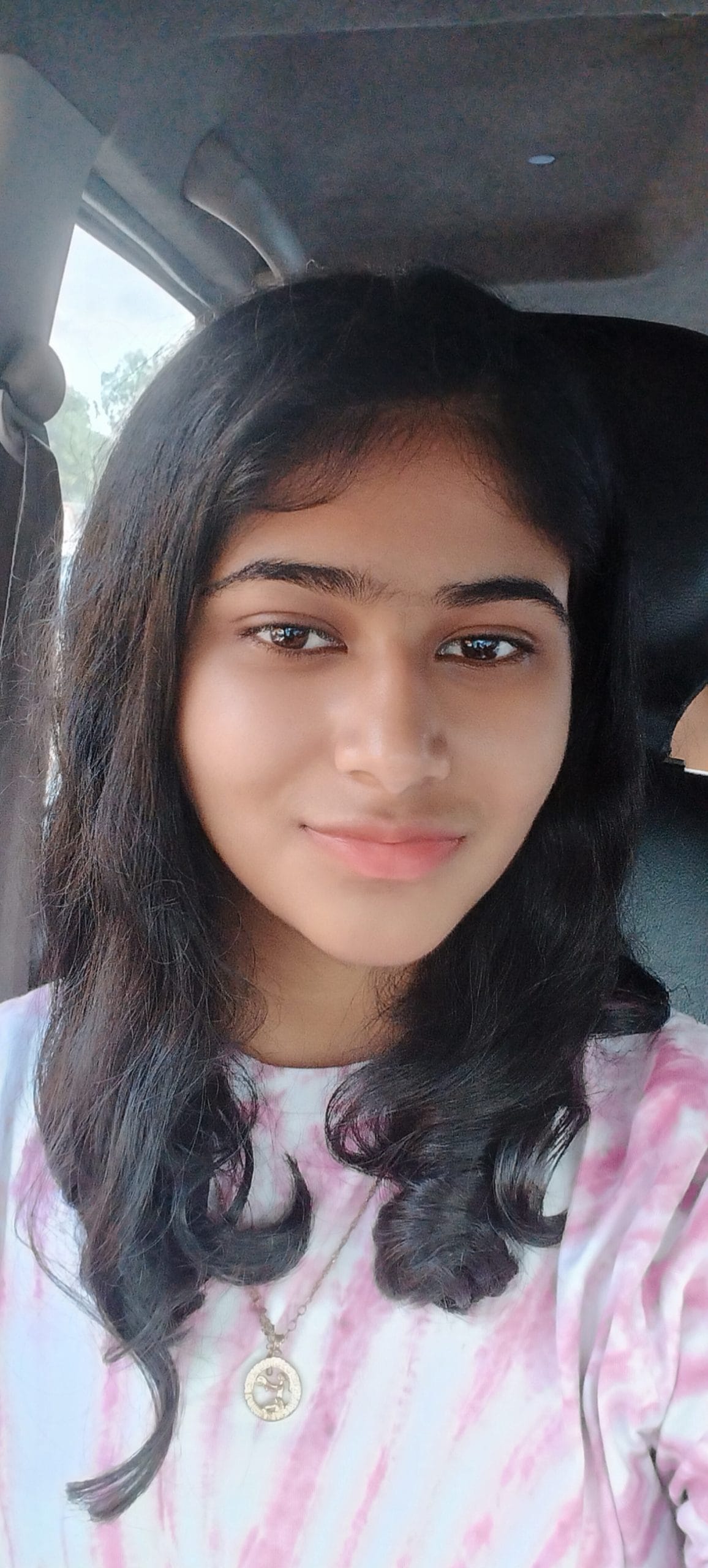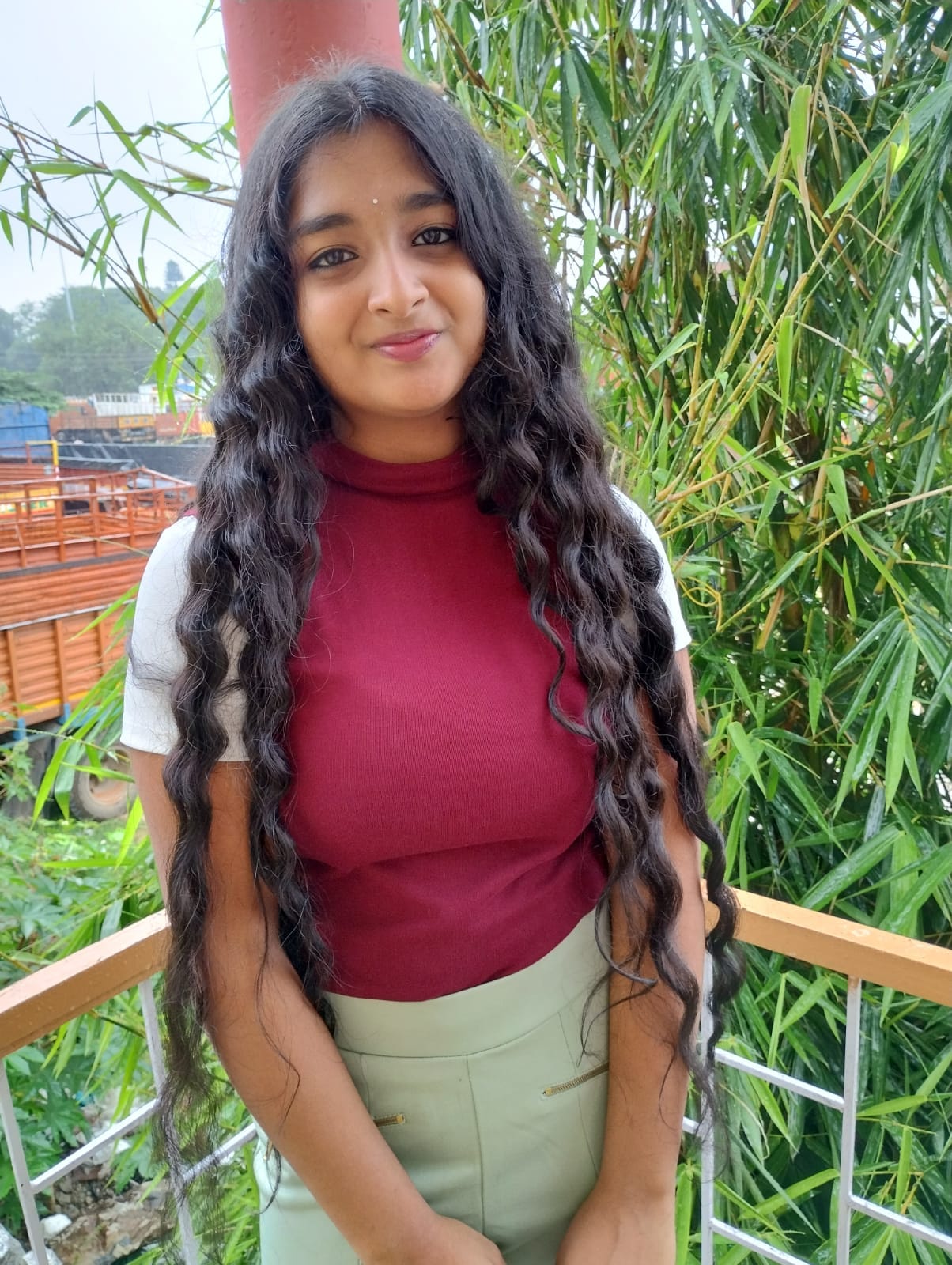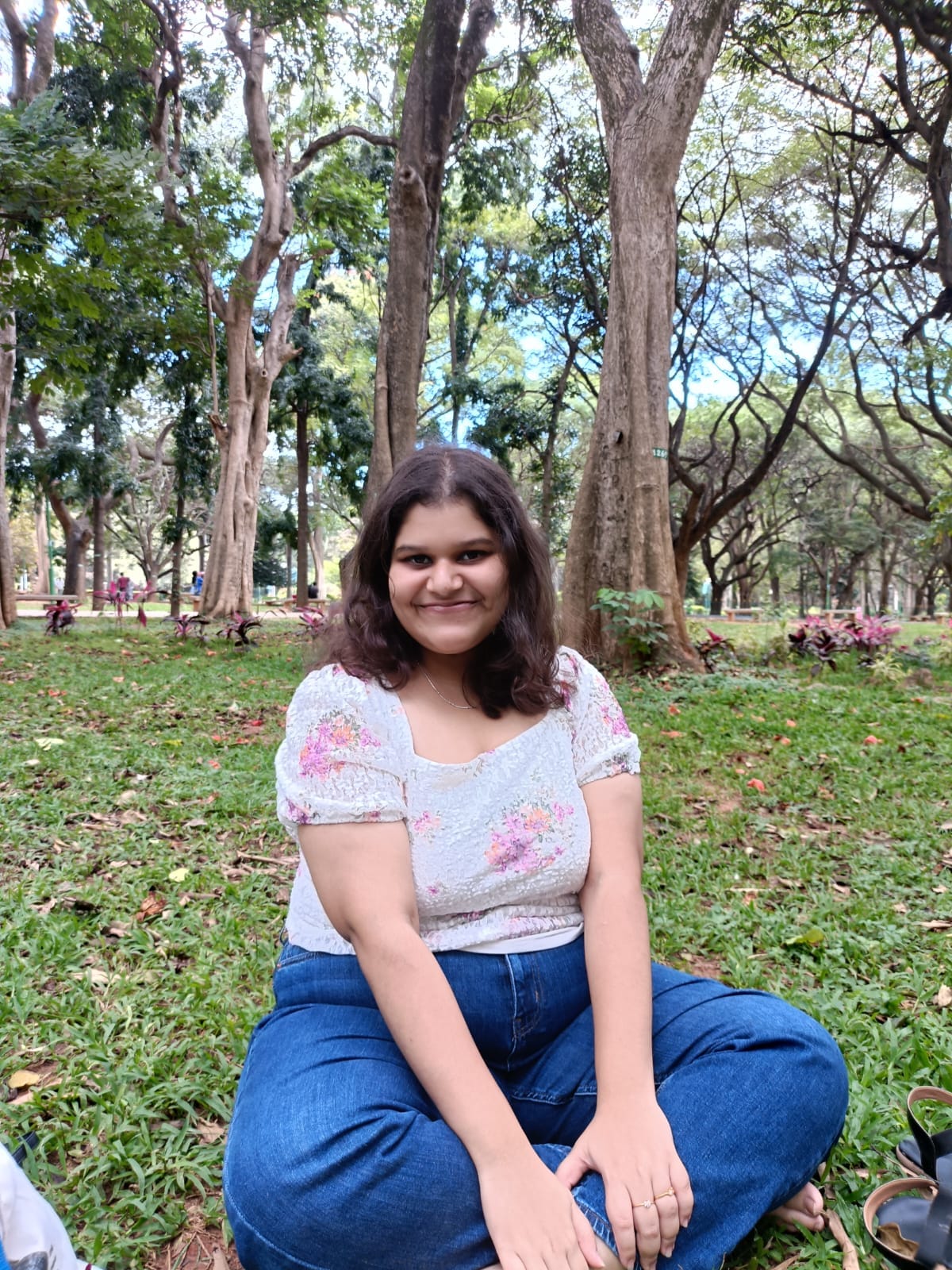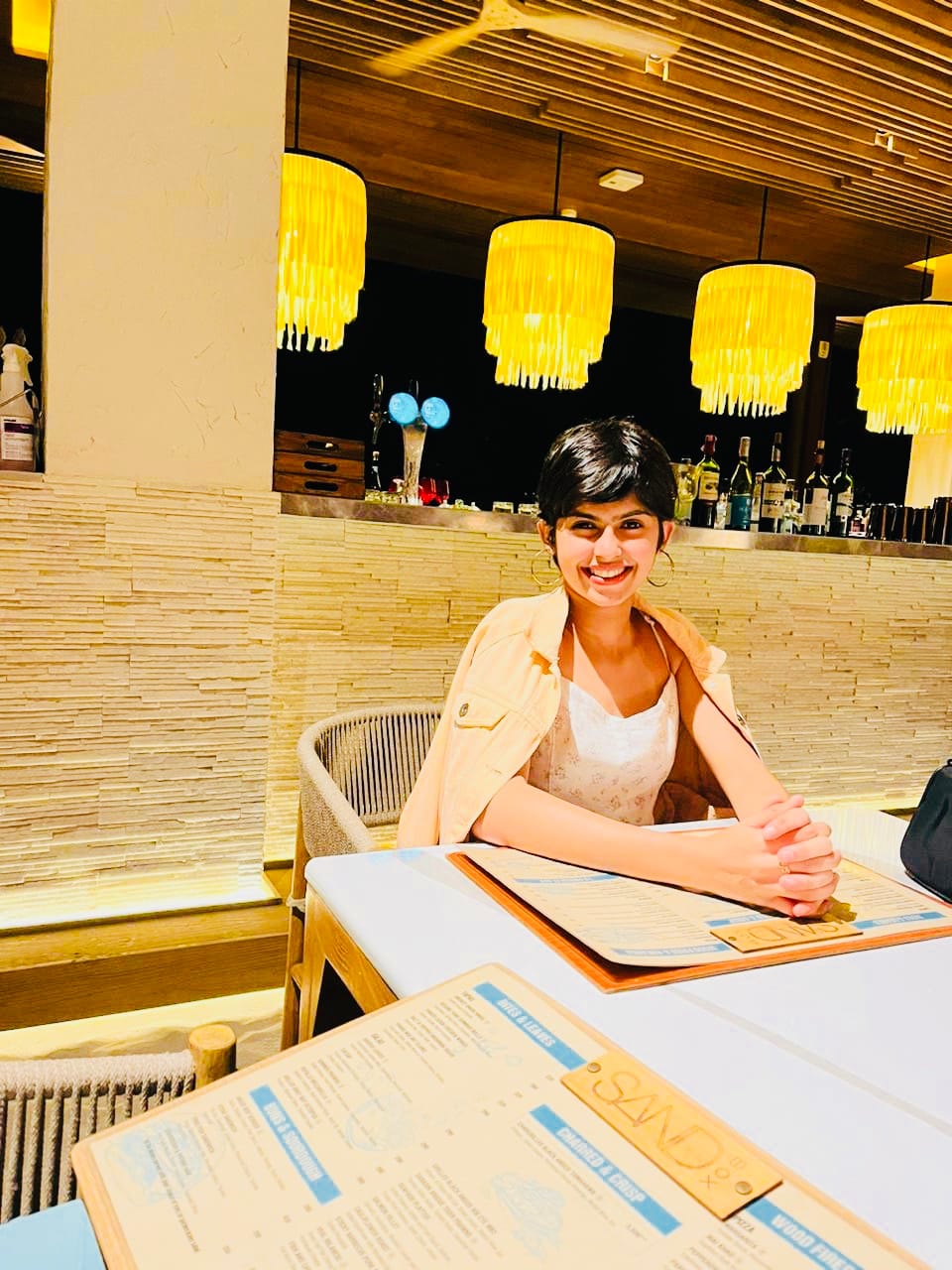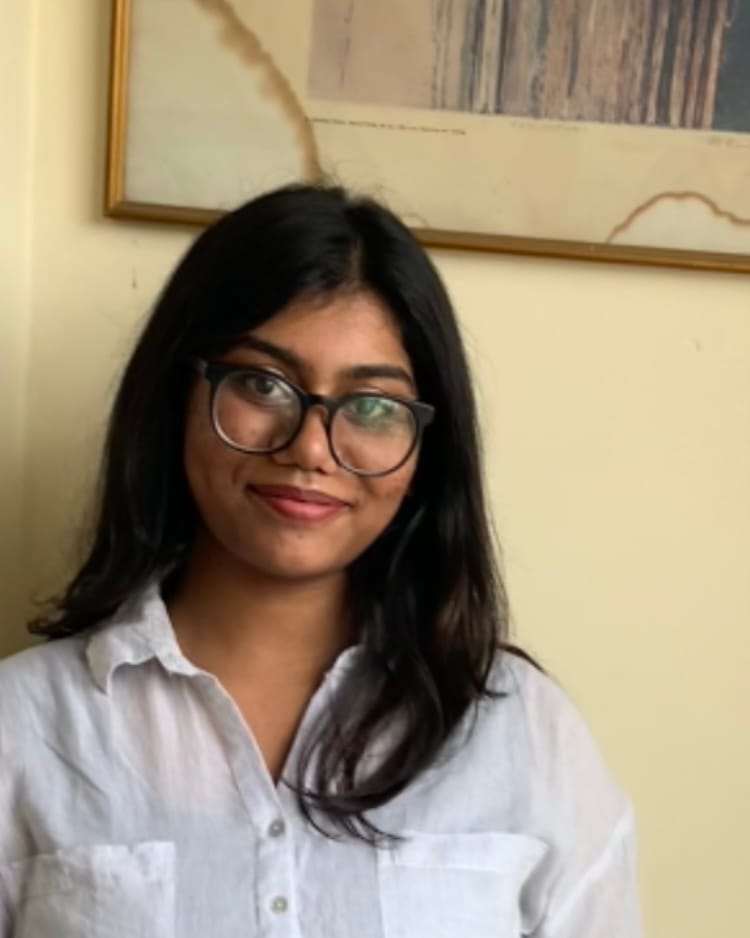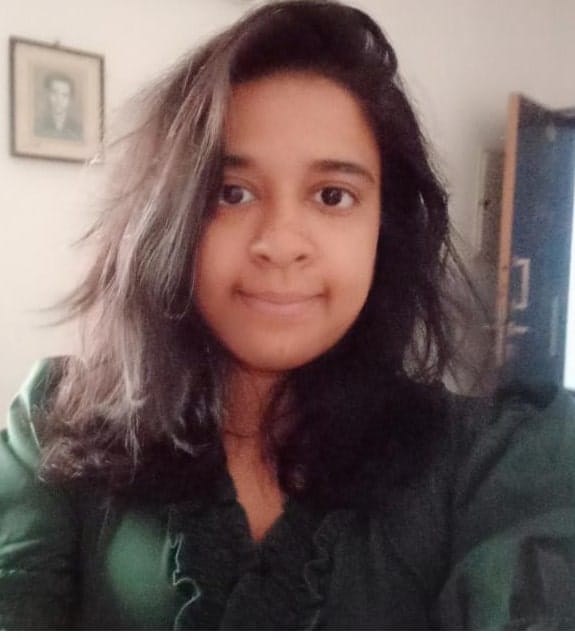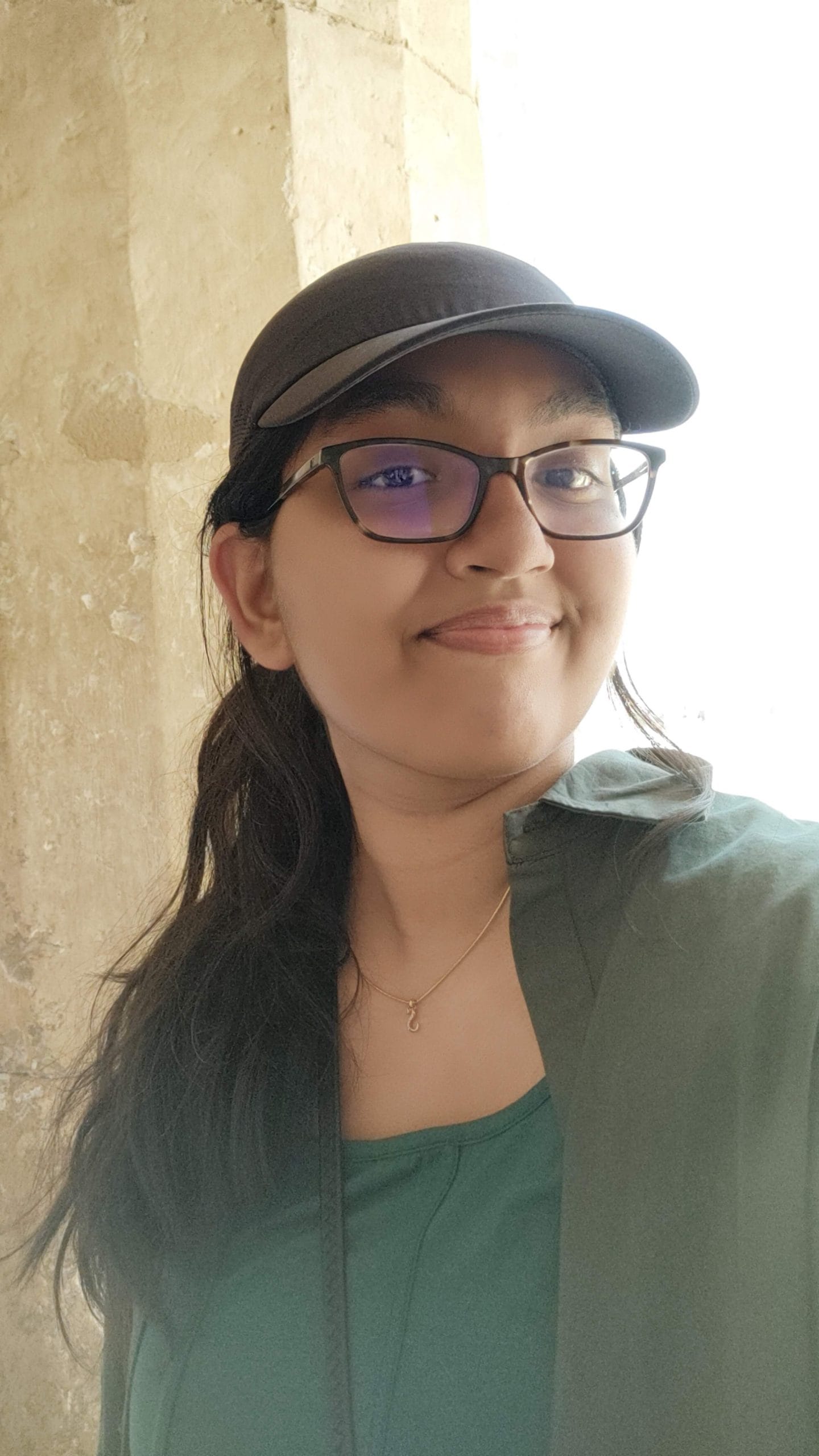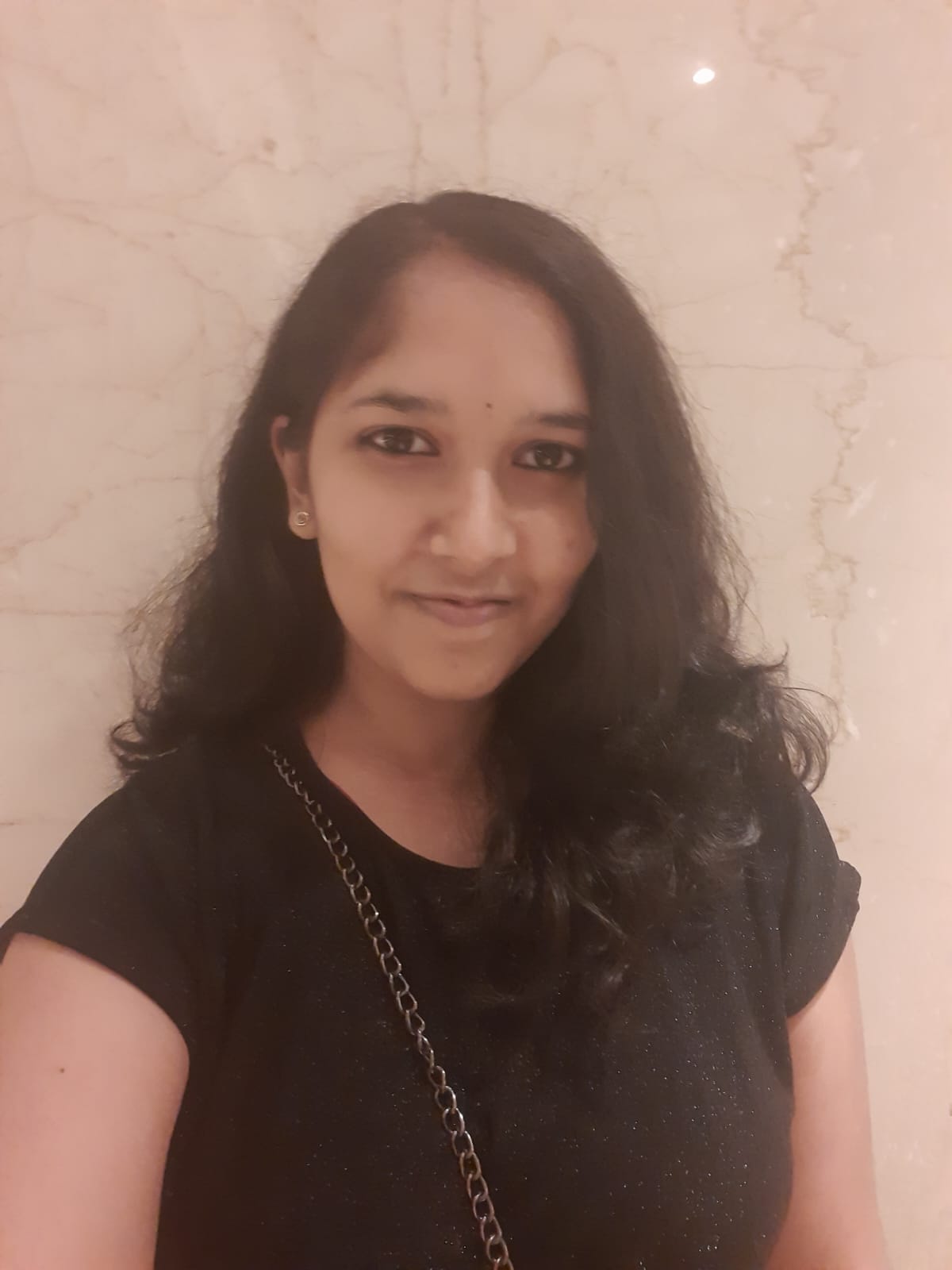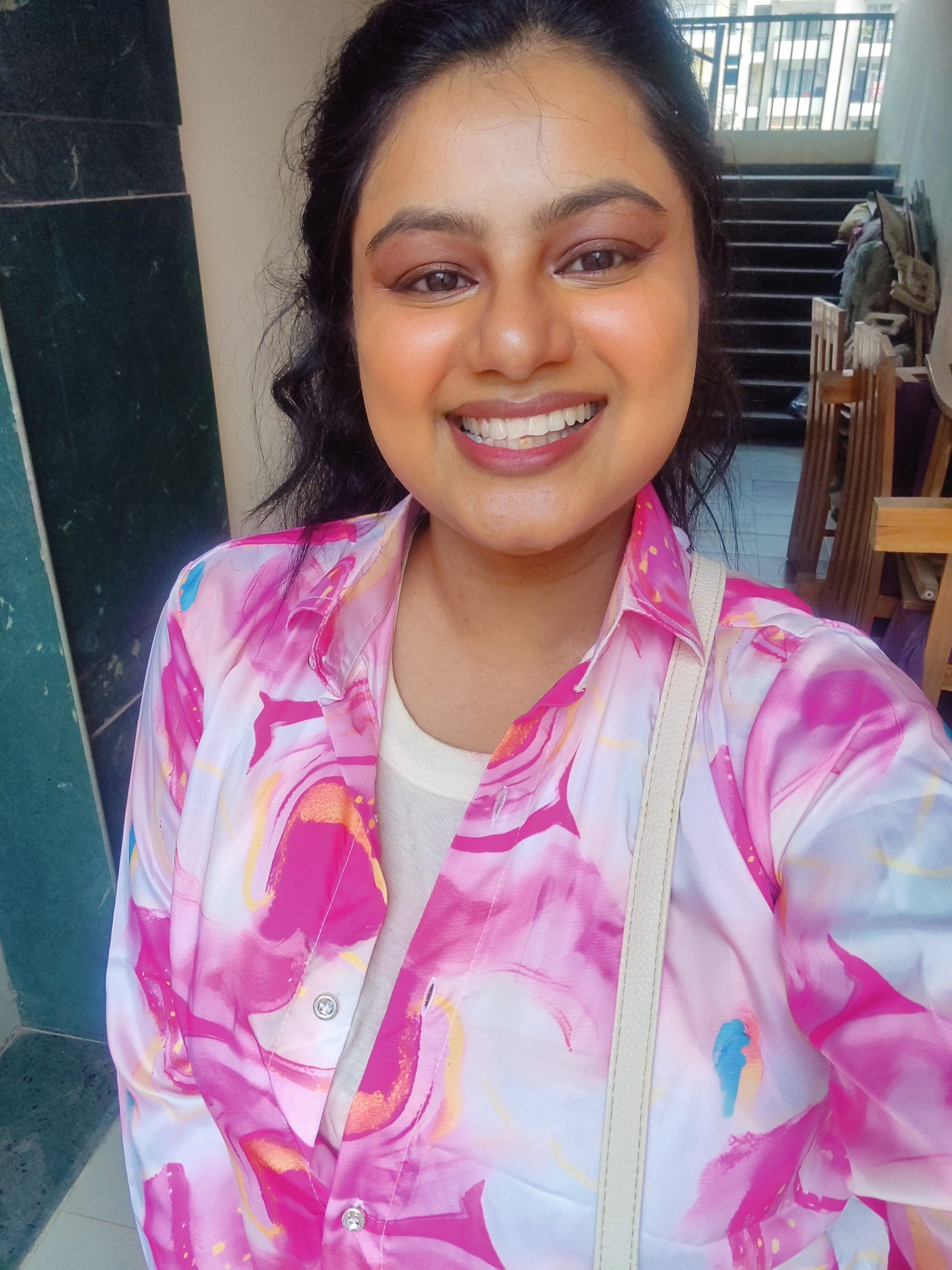Healing Through Art: Exploring Creative Therapies for Mental Wellness
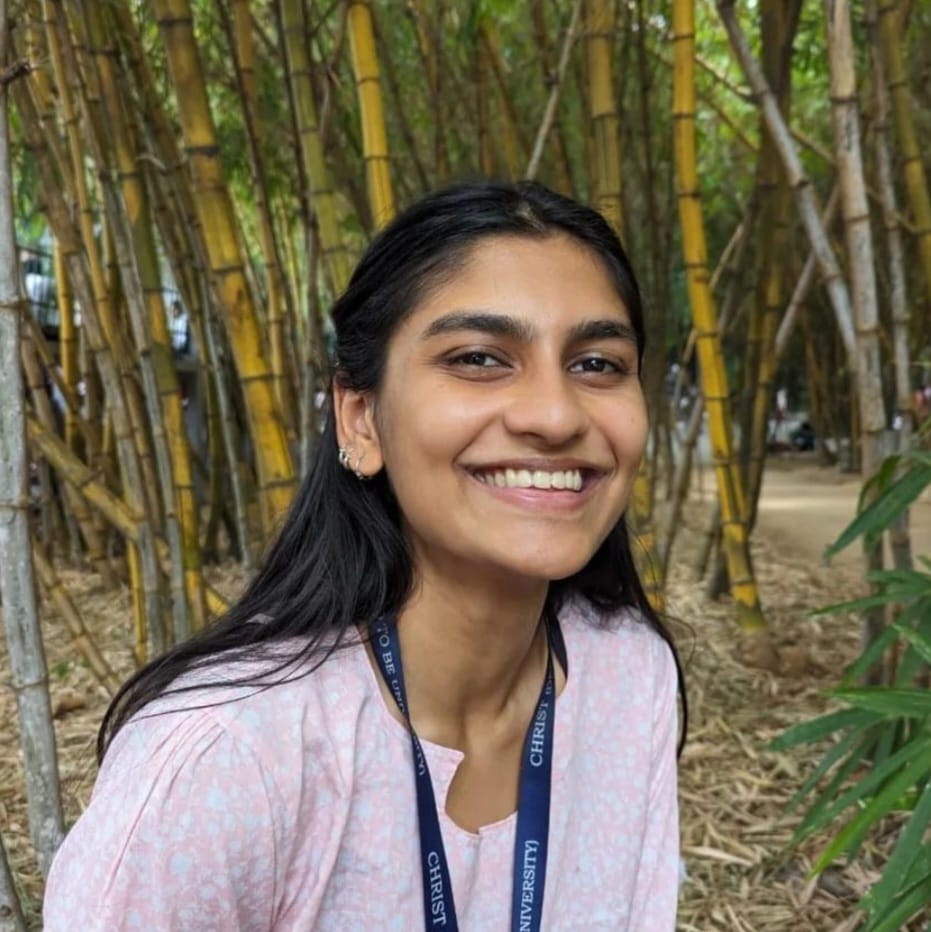
Alar Arvind
March 16 , 2024

Psychotherapy is often referred to as talk therapy. This form of therapy involves a therapist and a client engaging in dialogue. The aim is to help an individual identify troubling emotions, thoughts and behaviours, work through challenges they face and grow to be the best version of themselves. The idea of going up to a stranger, talking to them and completely opening up oneself can be a daunting task. Hence, a variety of creative therapies evolved.

Photo by Hannah Busing Team on Unsplash
Creative Therapies
Creative therapies or expressive arts therapies are an interdisciplinary, integrative, arts-based approach to psychotherapy and counselling. Artistic experience is used to enhance human growth and development. Art-based therapies are conducted for an individual and in group settings. These therapies find their roots in ancient societies and earth-based cultures where philosophical, scientific and spiritual ideas are integral to healing. Contrary to popular belief, creative therapies are not just art classes. They follow ethical guidelines, standards of practice, and professional certification and registration.

Photo by William Farlow Team on Unsplash
Characteristics of Creative Therapies
Self-expression: Expressing oneself is key in the process of creative therapies. Rather than the skills of the individual, the thoughts and feelings expressed are given importance.
Active participation: Both the client and the therapist are actively involved and are present in the moment during the process.
Imagination: Using one’s imagination to express via any art form plays an important role in the process of engaging in creative therapies. This includes using images, symbols and metaphors to share one’s thoughts and feelings.
Connecting mind and body: Integration of the mind and body help an individual stay grounded and create an anchor for themselves.

Photo by Ardian Lumi Team on Unsplash
Types of Creative Therapies
Art Therapy: A variety of methods such as, colouring, painting, drawing, doodling, scribbling, sculpting, clay-work, pottery and collage making can be used.
Music Therapy: This form of therapy includes listening to music and music making.
Dance/Movement Therapy: Body movements along with music helps the individual express their thoughts and emotions.
Drama Therapy: Drama is used as a means to express stories, witness experiences and heal.
Poetry therapy/Bibliotherapy: A written form of creative therapy where words are used as a means of expression.
Play Therapy: Majorly used for children, as a means to help them express openly via playing.

Photo by Lina Trochez Team on Unsplash
Benefits of Creative Therapies
Non-verbal strategies are used to express. Individuals can “speak” through their artistic expression instead.
Unlike talk-therapy, the process of art-making engages multiple parts of the brain.
It is easier for the individual to lose inhibitions to express and tap into their unconscious.
These are low skill/high sensitivity processes. Individuals do not have to be trained or have expertise in the mode of expression.
Used to treat and cope with anxiety, depression, post-traumatic stress disorder (PTSD) and neuro-developmental disorders, stress, sleep-related disorders and brain injuries.
So, when someone says that they are afraid to approach a mental health profession for support due to the fear of being unable to talk, remember that there are a multitude of creative alternatives to explore!
NOTE: "Heart It Out" has a team of therapists and health professionals who offer therapy sessions at an affordable price. We use innovative approaches to therapy, tailoring it to fit the individual's needs. If you or someone you know is experiencing distress, kindly contact https://heartitout.in/ to book a session with our psychotherapists
Keep Reading
Started reading,
found my glow!
New blogs dropping soon – Sign up!
© EmbraceWell. All rights reserved




